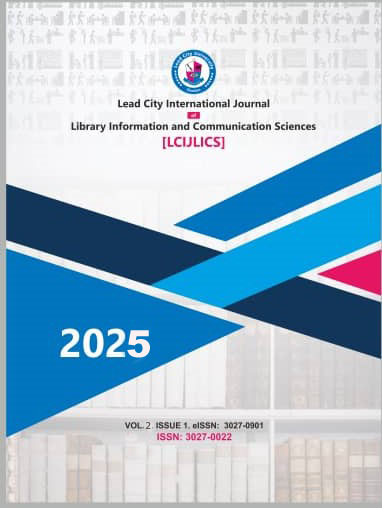DIGITAL FOOTPRINT IN JOURNALISM: COVERING THE TRACKS BY THREAT-PRONE JOURNALISTS IN NIGERIA
DOI:
https://doi.org/10.63741/Keywords:
Digital Security, Journalism, Technology, Threat, AudienceAbstract
This paper examined the unique security challenges posed by digital media use among Nigerian
journalists, and the remedies that help mitigate the fast-growing threats. The study employed
exploratory research design, while using literature review as a research instrument. Analysis of
secondary data gathered from reviewed literature, Internet resources, and library materials, form
the basis for discussion of digital journalism practice in Nigeria, its pros and the subtleties of
digital security challenges that largely constitute its cons. Digital security trends in Africa were
examined, vis-à-vis the lag in preparedness of African nations, including Nigeria, to tackle these
security concerns at a level similar to efforts in developed countries. Technology Acceptance
Model (TAM) formed the theoretical framework for this study, with its Perceived Usefulness
(PU) and Perceived Ease of Use (PEOU) components. A third component, ‘Perceived Threat of
Use’ was introduced in an adapted Technology Acceptance Model, to underscore the priority of
use over the awareness of the scope of digital threats by Nigerian journalists. A line of discourse
was also opened on the subject of the security threats that the media audience ‘indirectly’ pose.
The following measures were thus recommended for the Nigerian journalists who form the focal
point of this study: awareness of technology scope, technical support, personalised network,
prompt action, and discreetness

